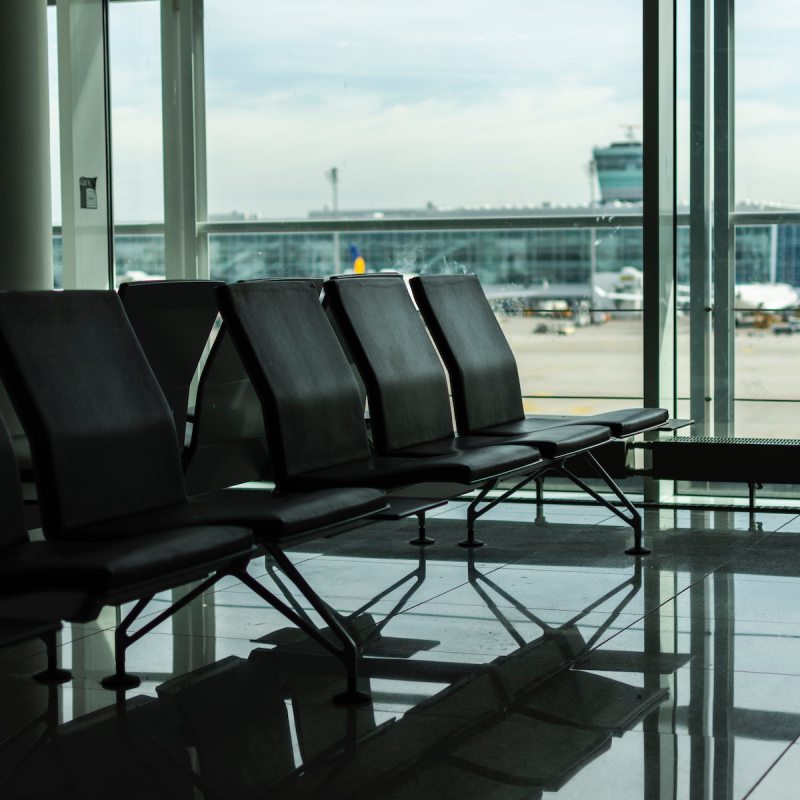
The arrival of warm weather, the end of the school year, and a desire to get out of the house after a year of isolation has air travel picking up at a rapid pace.
Videos by TravelAwaits
That also means long lines are returning at TSA checkpoints in the nation’s airports. But a pilot program launching next week in Seattle aims to reduce the wait for passengers who can schedule a time in advance to breeze through security.
Known as SEA Spot Saver, the program begins Tuesday at Seattle-Tacoma International Airport, allowing passengers on certain flights to make digital reservations for the screening process.
SEA Spot Saver will operate through the end of August at checkpoints 2 and 5 daily from 4 a.m. to noon, the airport’s peak traffic period.
“We can use technology to make the travel experience more streamlined and intuitive,” Port of Seattle Commissioner Sam Cho said in a statement. “We appreciate the partnership of passengers and airlines to help test these programs for the benefit of our community.”
SEA Spot Saver is free and open to all general screening passengers.
The first experience is designed for Alaska Airlines passengers at Checkpoint 5 using Pangiam technology. The second experience is for Delta Airlines and other passengers at Checkpoint 2 with VHT technology.
Alaska Airlines passengers can sign up for an appointment time up to 24 hours before their flight or once they arrive at the terminal. They will receive a QR code to use for up to 12 people in their party. A separate line for those with reservations will be at the checkpoint.
“These are the innovations and ideas that we love to make our guest experiences more convenient and stress-free, especially as more people get back to flying again,” said Charu Jain, a Senior Vice President with Alaska Airlines. “With very little effort, guests can lean on technology to get them through the security process quicker.”
At checkpoint 2, Delta and other passengers can make a virtual reservation for up to 10 people once they’ve arrived at the terminal. They will also receive a QR code and use a separate line at the checkpoint.
Passengers have a 15-minute window to arrive for their appointment and are given a notification on their app when it’s time to arrive at the checkpoint.
“Virtual queueing showcases our belief in putting customers in control of their experiences,” said Matt DiMaria, CEO of VHT. “While it offers passengers a sense of comfort and stability, it also grants airports the power of predictability and efficiency. It’s truly a win-win for everyone.”
During this program, airport officials said TSA precheck passengers should continue to use checkpoint 4 where they get the benefits of short lines and not having to remove their shoes or electronics.
All CLEAR customers can use their dedicated lane at any checkpoint for an expedited experience.
Airport and TSA officials will evaluate the program’s success when it ends to determine whether to continue, alter, or expand it.
“We are confident this pilot program will help reduce queue crowding, enable social distancing, and provide a smoother and safer experience for travelers,” said Dan Tanciar, Chief Innovation Officer at Pangiam.
The program can’t come soon enough. Traffic has gotten so heavy in the past month that checkpoint lines have stretched into the airport parking garage.
“We had situations where we had waits that were into the garage and over 60 minutes,” airport spokesman Perry Cooper told the Tacoma News Tribune.
Although still down from 2019 levels, the number of passengers screened at the airport the first week of April was up 828 percent from a year ago, Cooper said.
Related Reading:
